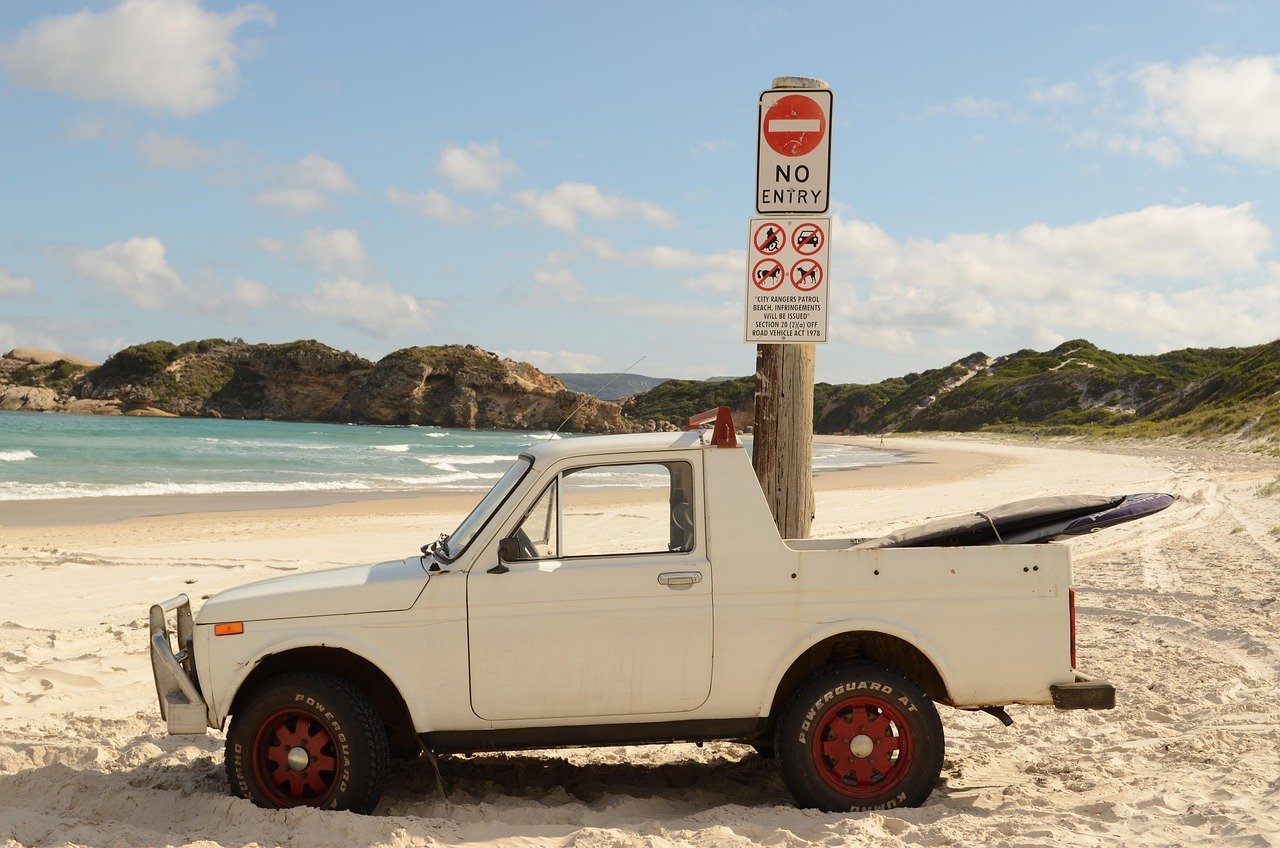
Once seen as city-only vehicles with fragile batteries and low towing power, electric vehicles (EVs)—especially electric utes—are now blazing a new trail in Australia’s rugged rural landscape. From the red-dust roads of the NT to farm paddocks in NSW, the next-gen ute is no longer powered by diesel but by electrons.
Rural Australia has long relied on petrol and diesel-powered utes for heavy lifting, long drives, and harsh terrain. But rising fuel prices, advances in EV range, and government incentives have created the perfect storm for a transition to cleaner alternatives.
The arrival of EV utes like the Ford F-150 Lightning, Rivian R1T, and the locally hyped ACE Yewt marks a major turning point. These vehicles offer:
"I was sceptical. But after 3 months with the Lightning, I’ve slashed my fuel bills by 80%—and it pulls my cattle trailer like a dream."
Despite the enthusiasm, charging remains a challenge in remote regions. But that’s changing fast. The federal “Charge the Bush” initiative announced in 2024 is rolling out over 1,000 new fast chargers along key regional corridors.
Local councils are also getting on board, partnering with solar companies to install battery-powered chargers on farms, caravan parks, and even school grounds.
The upfront cost of electric utes remains higher, with prices starting around $70,000–$110,000. But long-term savings on fuel, maintenance, and tax incentives make them competitive over time.
Eligible buyers in regional Australia may access:
Thermal management in modern EVs is vastly improved. Liquid-cooled battery systems ensure functionality in extreme temperatures, and dust-sealed designs prevent grit damage—crucial for unsealed roads and long days in the sun.
Testing on the Birdsville Track and across the Flinders Ranges shows EV utes matching or outperforming their combustion counterparts on steep gradients and uneven terrain.
The biggest adopters aren’t just green-conscious city dwellers. They're:
"I charge at home with rooftop solar, drive 180km round trip for deliveries, and never need a servo anymore."
For some, saying goodbye to the iconic V8 grunt was unthinkable. But now, the silent surge of instant torque and the joy of never filling up at a pump are winning hearts. Ute culture is evolving, not disappearing.
Even annual rural events like the Deni Ute Muster have introduced electric categories and EV burnouts—minus the smoke.
As battery technology advances, prices drop, and solar integration improves, rural EV adoption is poised to surge. Experts predict that by 2030, up to 40% of all new utes sold in Australia will be electric.
Get breaking news, expert analysis, and in-depth coverage on technology, transport, economy, and the issues that shape our future. Our commitment to integrity and accuracy ensures you receive reliable information to make informed decisions.
Subscribe to NewsletterThe road ahead isn’t without its potholes, but from shearing sheds to job sites, a quieter, cleaner, and cheaper kind of horsepower is gaining ground in the Australian bush.
What started as a niche urban trend is now an outback revolution. Australia’s love affair with the ute continues—but the engine sounds a little different.